Low carbon process
Smart Machinery for Digitizing Shoe-Manufacturing Machines
In consideration of the high-mix, low-volume production model typical of the shoe manufacturing industry, ZQY cooperated with a major shoe manufacturing machine maker to build a smart machine management solution that integrates intelligent software and hardware technologies.
Three major trends have emerged in the machinery industry in recent years — the standardization of power generation and carbon reduction, the serviceability of products and solutions, and smart manufacturing equipment. In response to these trends, the shoe-making machinery industry must accelerate its smart transformation to enhance its competitiveness. Accordingly, ZQY collaborated with machine maker to deploy Smart Machine Solution Platform (SMSP) that leverages ZQY’s expertise in smart manufacturing, machine networking, and AI edge computing for smart machine management.

Replacing manpower with automated machinery - significantly reduce labor costs
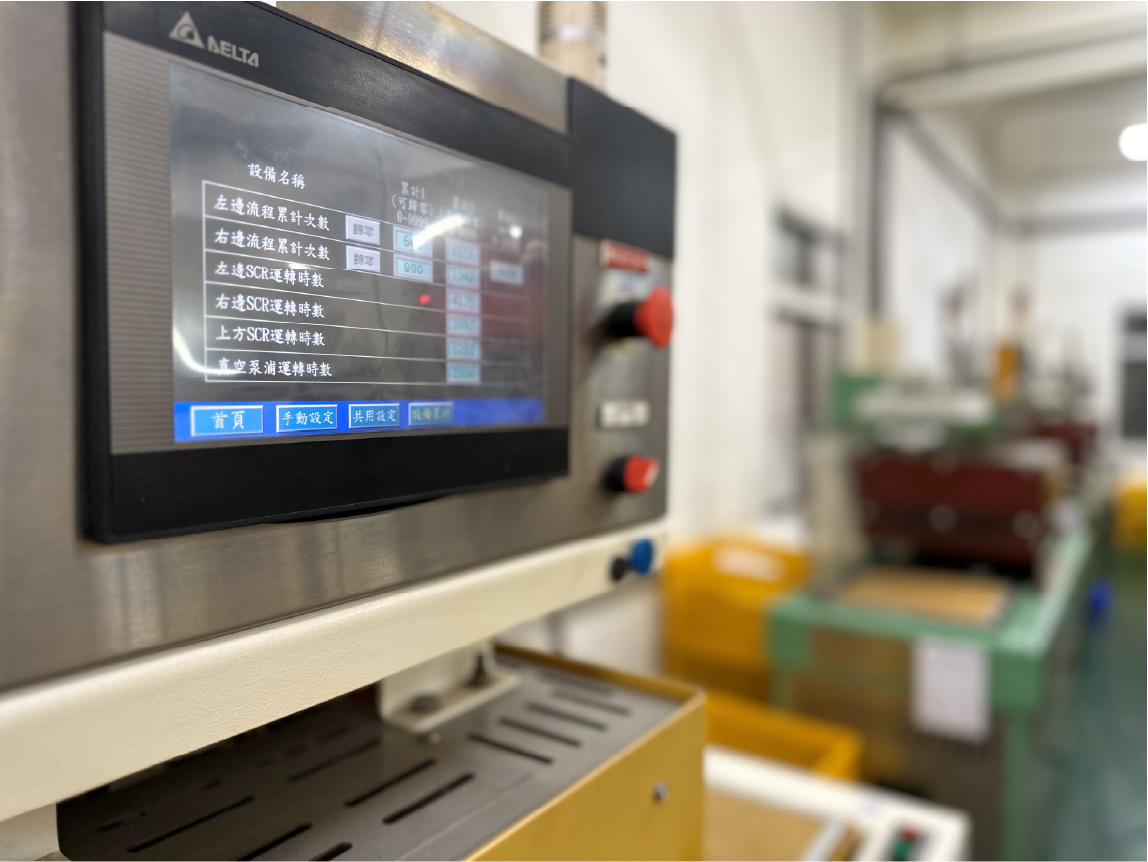
Data integrated processing reduce human errors.

Easy operation – low skilled labour required / easy replacement.
Significant Benefits Enhancing Corporate Competitiveness s
In terms of hardware, the shoe manufacturing machine maker adopted ZQY’s cloud based real-time monitoring gateway for collecting machine data to facilitate operations monitoring. This real time cloud based platform enables managers to troubleshoot problems in real-time and provided a function that solved a long-existing data integration problem caused by machines using different communication protocols and data formats. Now, with the standardization of equipment and sensor data, factory managers can monitor every machine from their app dashboard.
In terms of software, the Smart Machine Solution Platform (SMSP) adopted by the machine maker can be integrated with ZQY’s cloud platform and combined with value-added industrial apps, including the Overall Equipment Effectiveness (OEE), Repair Management Service, and Event, Alarm, and Notification applications. All of these tools have enabled the machine maker to digitally upgrade its machine-making facilities and provide for future decarbonization journey.
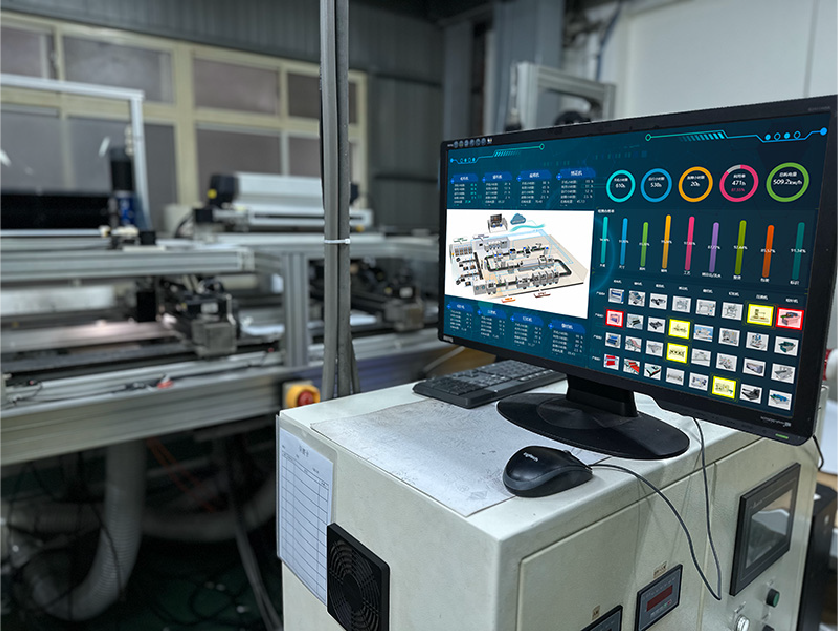
A great deal of mechanization has resulted in a simplified and machine-connected production process, able to quickly identify issues with the production line and drastically lower the rates of product defects
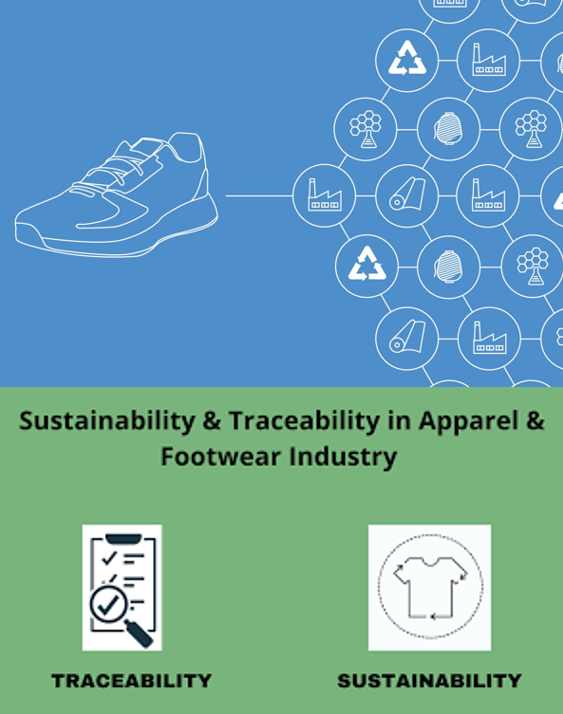
ZQY’s cloud platform combined with value-added industrial apps enabled customers to digitally upgrade its processing facilities and products for future decarbonization journey.
The Patented Technology: Material + Compressed Manufacturing Process

Roll of TPU foam leather
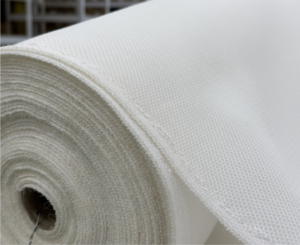
Roll of mesh
- Only 2 Input Material
- Significantly reduced warehousing, logistic and management costs.

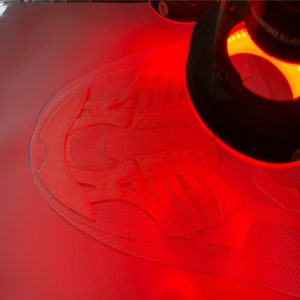
Lazer Cutting
Lazer Engraving
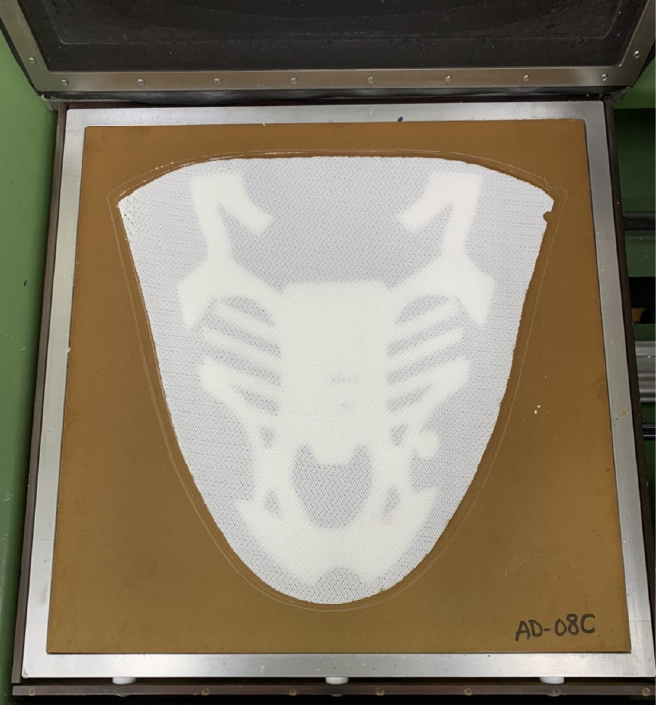

Vacuum Imprint
Printing
- Simplified Automated Operation
- Real Time Cloud Based Control
- Reduction in Labor Cost & Requirements
- Lower Defects and Wastages
- Low Carbon Footprint
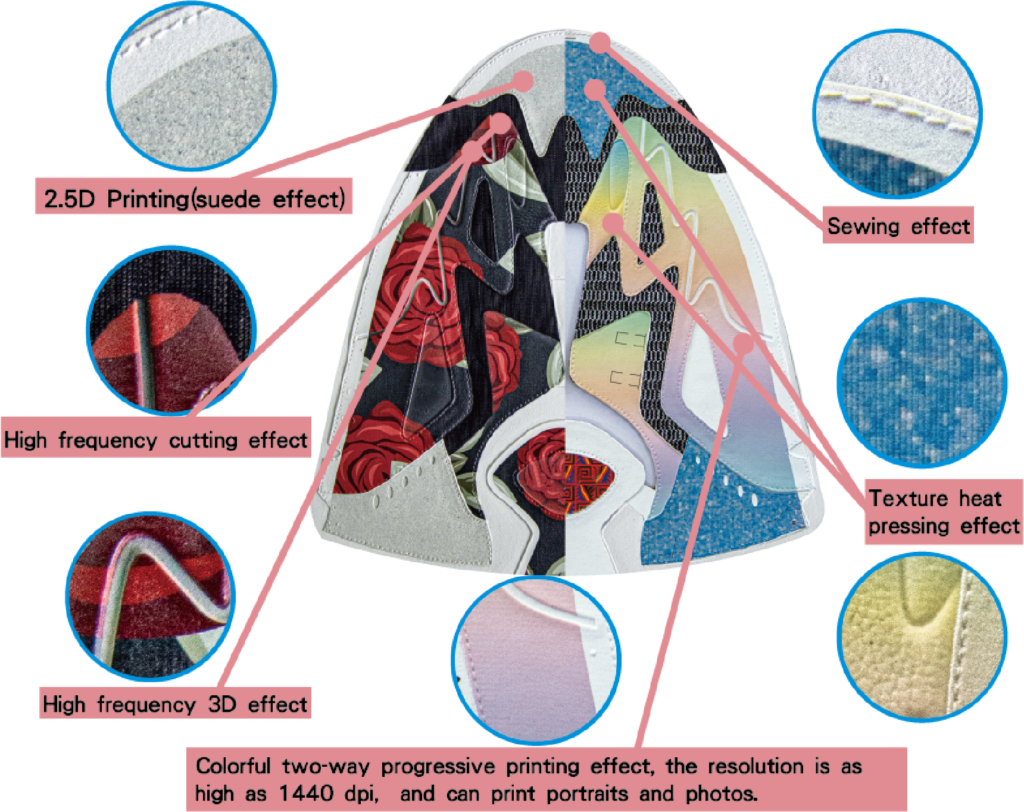
- Able to produce highly detailed, complicated design features.
- 3D textured effect
- Fast adjustment to designer changes
The Patented Technology: Compressed Manufacturing Process
Significant Benefits Enhancing Corporate Competitiveness and reducing Carbon Footprint
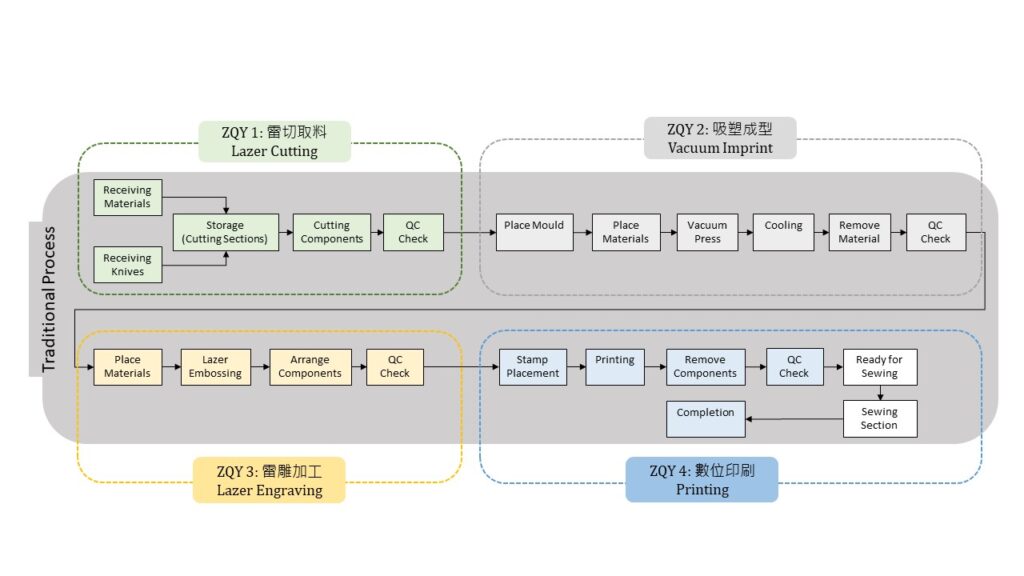
The Patented Technology: Lean Manufacturing System
Significantly eliminate waste and achieve the best possible efficiency - Reducing Carbon Footprint and Cost
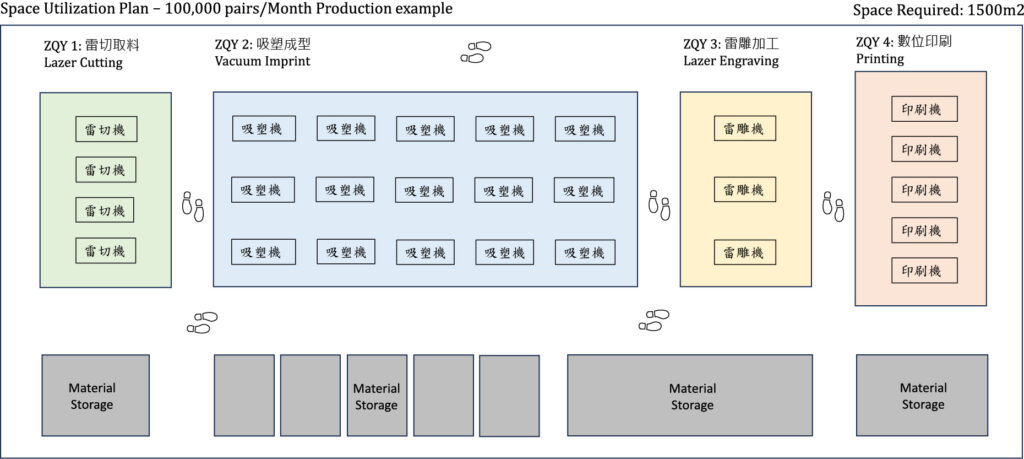
The Patented Technology: Space Requirement Comparison

Full-color breathable one-piece TPU upper
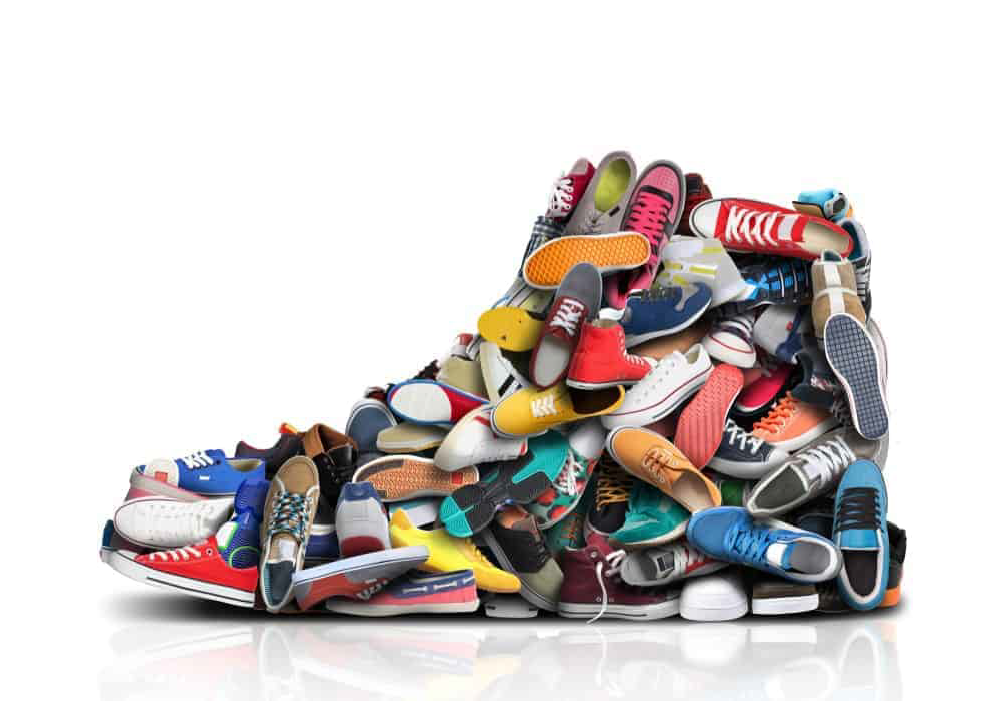
Suitable for > 50% of shoes types

Any color, Any combination

Any texture, Any Variation
Through this technology, several leather texture forms and webbing textures can be achieved by molding TPU leather into a single upper component. It can be shown on the texture, be it a litchi texture, fish skin texture, suede texture, diamond pattern, or a variety of customized textures. High-frequency line pressing, frame pressing, Nosew, debossing, and embossing can also be produced using it. This method differs from the common Nosew and metal mold blister methods in that the restoration degree reaches more than 99%, the upper’s three-dimensional texture is more clear and three-dimensional, and a variety of traditional shoemaking techniques have been concentrated into it through convexing, 3D shrinking, hot pressing, cold pressing, etc.
Full-color breathable one-piece TPU upper

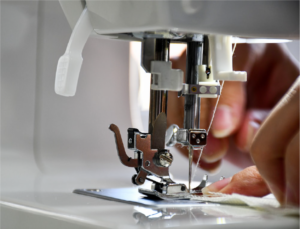
- One-piece TPU upper mold condenses a variety of traditional shoemaking techniques into a single process.
- Different from the general Nosew method.
- Makes the three-dimensional texture and stitching lines of the upper more three-dimensional and clear, with a restoration degree of >99%.
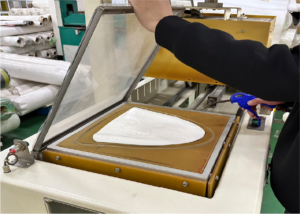

- No sewing machine required
- Takes only 40 to 60 seconds to form a complete upper
- One person can operate multiple machines.
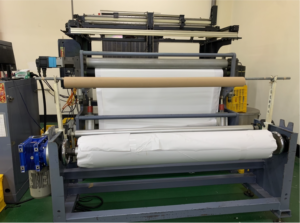
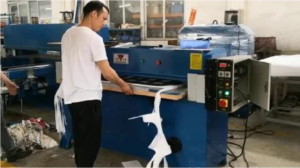
- Algorithm controlled laser cutting
- Accurate, less wastages
- No need to manually arrange the knives
- Safe and convenient
- One person can operate multiple machines.

- Printing eliminates the cost of transparent film manuscripts and does not require screen printing.
- Can present ever-changing colors, gradients, and rendering effects.
- Can print 3D relief effects.
- Ink dries immediately after printing, no need to wait for drying time.
- One person can operate multiple machines.
Cost/Labor Comparison: Traditional vs ZQY Technology
These mechanized methods of producing shoe uppers can drastically cut the amount of labor needed and achieve previously unheard-of levels of productivity. This has had a number of advantageous effects. It uses less than 20% of the labor when compared to conventional shoemaking techniques.
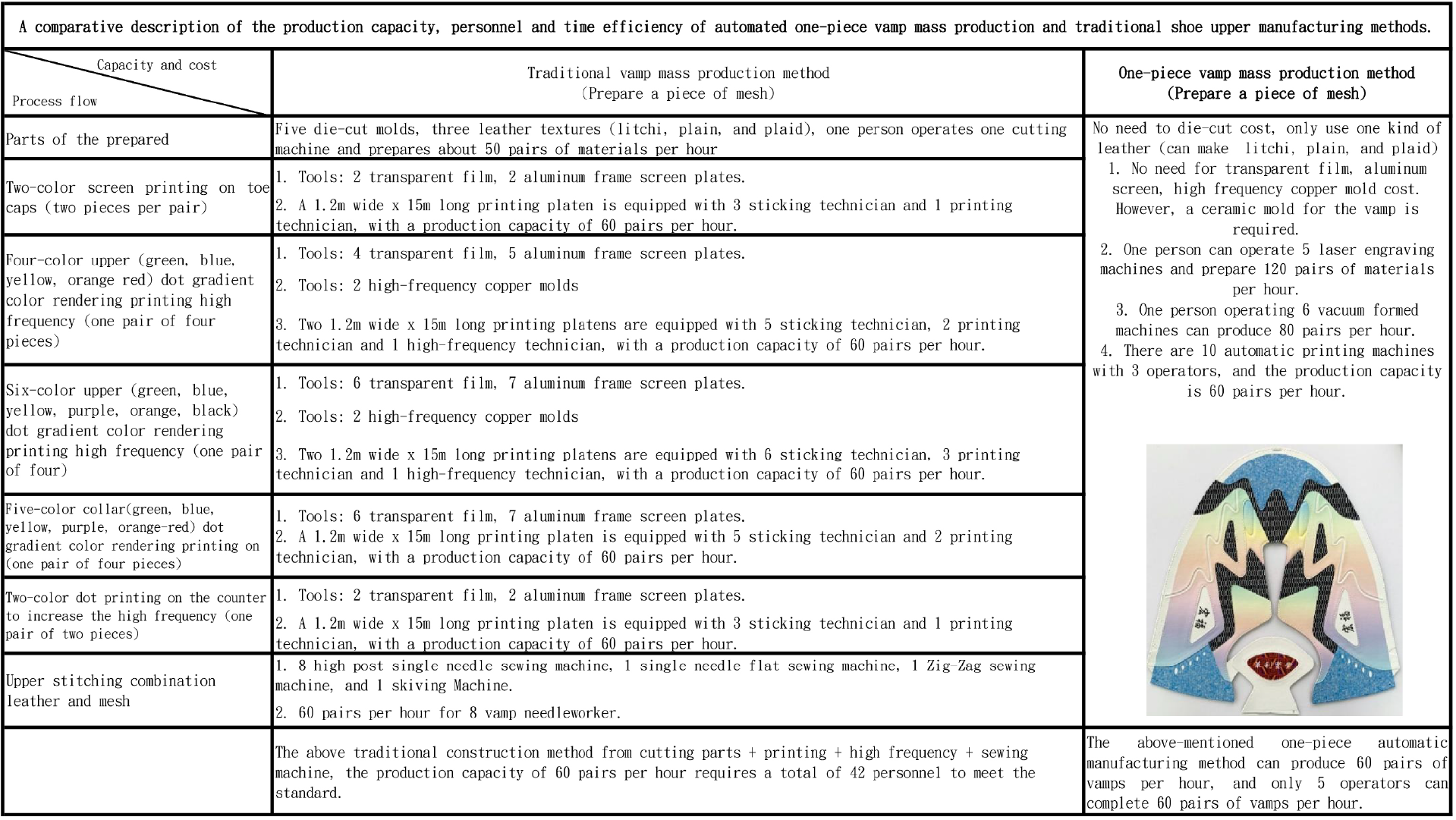


Carbon Footprint Reduction
ESG Oriented Development
Recommendation No. 46: Enhancing traceability and transparency of sustainable value chains in the garment and footwear sector. ECE/TRADE/463 eISBN978-92-1-001238-6

Energy efficiency: One-piece process uses precise Algorithm controlled and laser technology to reduce wastages and energy consumption thus saving more energy than traditional processes. Reductions in carbon emissions frequently follow improvements in energy efficiency. This contributes to the fight against climate change by corresponding to a decrease in greenhouse gas emissions.
Savings on materials: By enabling accurate cutting, sculpting, and printing, these machines help cut down on material wastages and the need for leather and other resources. Additionally, it lowers the amount of waste produced during production and the quantity of defective items.
Reduced emissions: One-piece process produces fewer pollutant emissions than traditional processes because they do not require the use of chemicals or large amounts of water for processing.
Sustainability and eco-friendliness: The environmentally friendly nature of these processes helps reduce ecological damage as they reduce pressure on natural resources and reduce the risk of damage to ecosystems.
The Material
Patent Pending Material Combination
TPU (Thermoplastic Polyurethane) demonstrates enhanced material sustainability, making it ESG-aligned (Environmental, Social, and Governance).
- Environmental Sustainability: TPU is a recyclable material that can be reprocessed, minimizing environmental impacts with less amount of waste generated. Besides, TPU production generally consumes less energy compared to some other plastics such as PVC (Polyvinyl Chloride). Therefore, the use of TPU reduces carbon footprint and promotes sustainability.
- Reduced Chemical Usage: TPU production typically needs fewer chemicals (e.g. plasticizers) compared to other plastics such as PVC. Since certain chemical additives and stabilizers bring negative environmental impacts, the manufacture and use of TPU contribute to environmental sustainability with fewer potentially harmful chemicals involved.
- Durability and Resilience: TPU offers outstanding durability which can withstand external factors or substances such as abrasion, chemicals, and UV radiation. This ability extends the service life of TPU-based products, reducing the need for frequent replacements and minimizing waste generated.
- Health and Safety: TPU materials, with reduced reliance on plasticizers, are a safer alternative to certain plastic materials. This places emphasis on safeguarding the well-being and protection of customers, which is in line with the social aspects of ESG principles.


